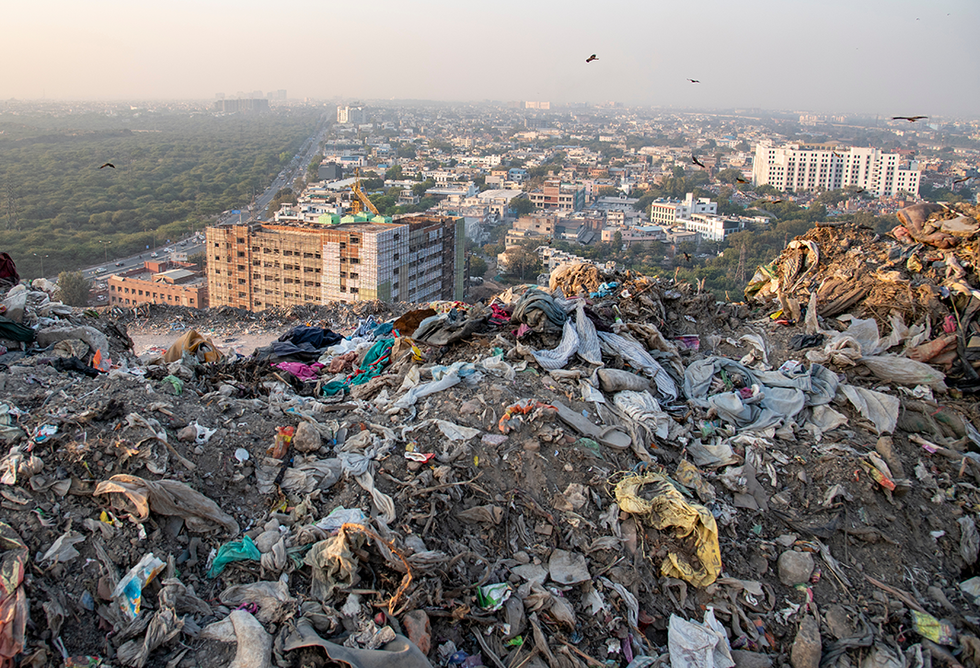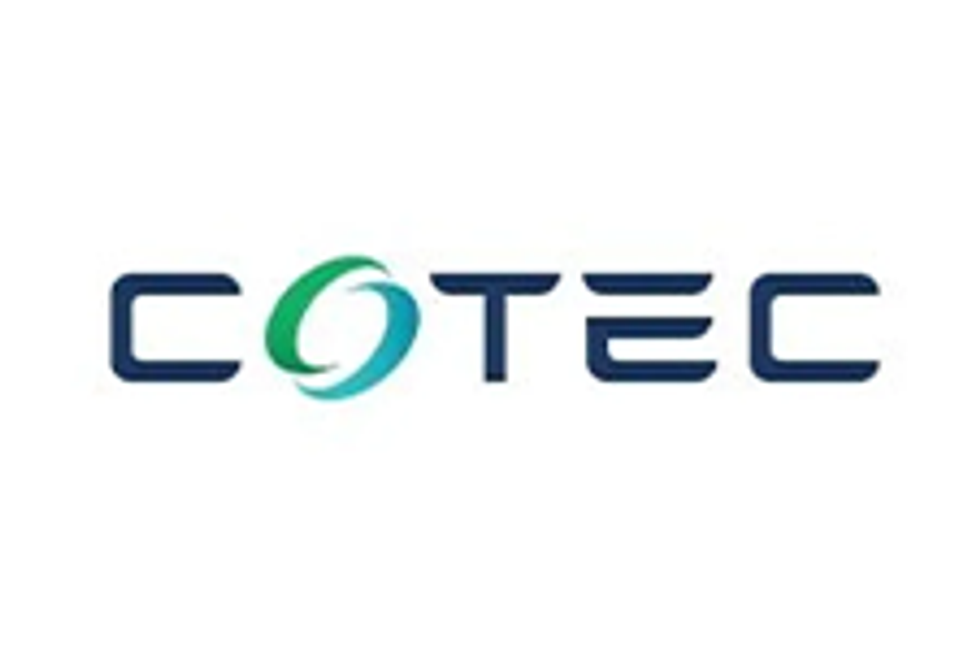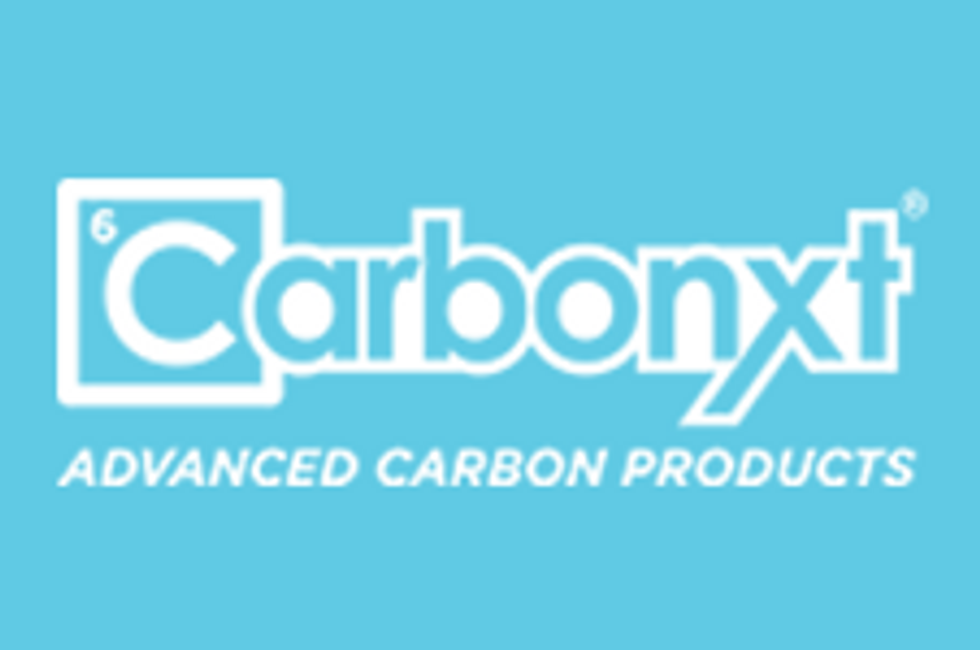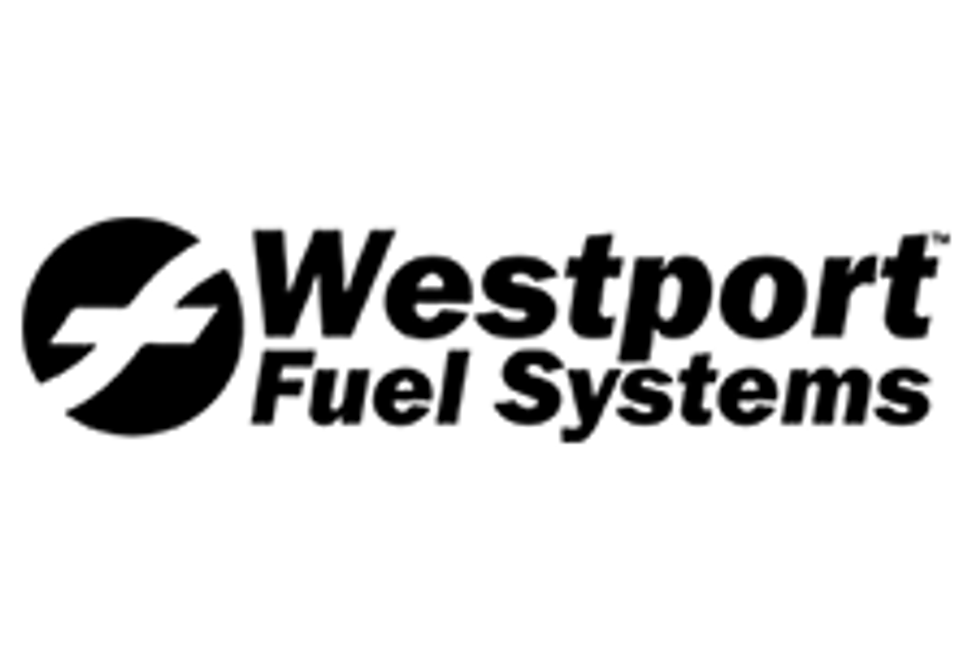Making a Business Case for the Most Promising Waste Conversion Technologies

Innovations that convert waste into valuable products offer investors a meaningful opportunity toward sustainable investing.
Many discussions about sustainability focus solely on carbon emissions — but that's only a piece of the puzzle. If the world is to transition to a greener, more sustainable future, we also need to deal with over 2.1 billion tons of waste per year.
To that end, innovations in waste conversion technology are a compelling way forward.
Emerging waste conversion technologies have not only enhanced the business case for sustainable waste management but are also paving the way for meaningful revenue opportunities, contributing to waste reduction, and supporting the circular economy. Understanding these technologies and their business value is, therefore, an important first step toward sustainable investing.
Turning trash into treasure
Our society produces a great deal of waste. Despite ongoing sustainability initiatives, most of it ends up rotting in a landfill or polluting the atmosphere. Data from the World Bank indicates at least 33 percent of the solid waste generated each year is buried in a landfill and only 8 percent of landfills dispose of waste in an environmentally sustainable manner.
The rest bury or dispose of trash in a way that may contaminate groundwater, create air pollution, adversely affect wildlife, and even impact human health. Liquid waste is even more challenging, requiring infrastructure and expertise that many businesses lack. And with waste production slated to reach 3.4 billion tons by 2050, not only is the world running out of time; it’s also almost maxed out of space to bury all its waste. India alone generates at least 53 million tons of waste annually and some 3,159 ‘waste mountains’ exist across the country, according to a 2020 report by the Delhi-based Centre for Science and Environment.

In October 2021, Indian Prime Minister Narendra Modi unveiled the government’s plan to install waste-processing facilities in cities across the country, outlined under the Swachh Bharat Mission (Urban) strategy.
Recognizing the looming waste management crisis, forward-thinking businesses have started to explore waste conversion as an alternative to disposal.
Companies within the petrochemical industry represent some of the earliest adopters in waste conversion, either establishing strategic partnerships with waste conversion experts or developing their internal processes.
Waste conversion allows a business to not only reduce its carbon footprint and qualify for sustainability benefits but also reduce its overhead. Converted waste products can be fed back into the supply chain and used in either manufacturing or energy generation.
Waste conversion also has the potential to reduce global reliance on dubious suppliers for materials such as rare earths. Rather than sourcing from companies and countries with questionable environmental practices, we can acquire raw materials directly from landfills. Landfill mining, as it's known, is immensely beneficial to the environment — for instance, one project in Spain returned a hillside dumping ground to its natural state.
How does waste conversion work?
Incineration represents one of humanity's earliest waste management techniques, combusting waste products to reduce volume and destroy hazardous materials. But incineration, by itself, poses problems and contributes significantly to greenhouse gas emissions.
Although burning waste is a crude and imperfect process, it's also at the core of at least one early innovation in waste conversion. Waste-to-energy plants use the heat generated from burning solid waste to produce steam, which is then used to power a generator via a turbine.
This use case barely scratches the surface of waste conversion's potential applications, nor does it convey the variety of technologies that have emerged in recent years. Below, you'll find descriptions and examples of each. Note that these technologies need not operate separately from one another — many of them are complementary.
Thermolysis
Thermolytic technologies convert waste products through a combination of pyrolysis and various refinement processes such as steam, pressure or catalytic treatment. The core concept underlying thermolysis involves something known as a decomposition point. Essentially, this is the temperature threshold at which a substance undergoes molecular changes rather than simply melting or burning.
Bringing a substance to this point typically requires pyrolysis, which is essentially the application of extreme heat in an oxygen-deprived environment. As one might expect, this can prove quite complex, requiring specialized technology, such as vacuum pumps, along with a means of managing undesirable outputs such as dioxins or furans.
How a waste conversion company addresses these challenges is a competitive differentiator.
Emergent Waste Solutions (EWS), for instance, has developed a disruptive Advanced Thermolysis System (ATS) that blends indirect heat, direct heat, steam and medium pyrolysis. The company asserts that this ensures complete penetration of constituent molecules and full separation of carbon-based feedstock. The use of steam also considerably reduces the risk of fire and eliminates the need for vacuum pumps. Through this patent-pending ATS technology, EWS is able to process various feedstock, including municipal solid waste, plastics and tires, and convert them into value-added products such as activated carbon, carbon black, biochar, bio-coal, synthetic gas and bio-oil.
Gasification
Gasification has a great deal in common with thermolysis and even incorporates similar processes. Where the two differ is that gasification typically collects the gases produced during pyrolysis. Collectively referred to as synthetic gas or syngas, it is typically highly reactive, making it well-suited for energy generation.
While most gasification leverages low-temperature pyrolysis, plasma arc gasification subjects waste products to extremely high temperatures via a plasma torch. In addition to syngas, this process also generates a secondary gas that can be used in construction projects.
Nexterra is a global leader in gasification, with a particular focus on community-scale systems. The company's core technology is a low-emission, fixed-bed updraft system that considerably streamlines the gasification process. In addition to a gasifier, the system includes short-term fuel storage, automatic ash removal and direct-to-oxidizer syngas production.
EWS is also able to configure its ATS technology to do gasification without significant modifications.
Anaerobic digestion
Anaerobic digestion leverages natural decomposition to produce biogas, which can be used for energy generation, heat generation and fuel. Organic material is first placed in a sealed reactor, which is then drained of oxygen. This process also creates a solid substance that can be used for animal bedding, as a fertilizer or as a building material.
Anaergia not only applies anaerobic digestion to both municipal solid waste and agricultural waste but also wastewater. This allows it to generate clean, reliable and renewable biogas from multiple sources, ensuring consistent production. The company also asserts that its patented technologies allow it to triple the capacity of existing systems.
Hydrothermal carbonization
Also known as wet pyrolysis, hydrothermal carbonization essentially applies thermal decomposition to waste products suspended in water. This results in a liquid known as hydrochar. In addition to being used as a replacement for both coal and fossil fuels, hydrochar can be used for soil enrichment.
HTCycle is a pioneer in hydrothermal carbonization technology, creating a first-of-its-kind technology that ingests both agricultural waste and sewage sludge to produce high-value fuels. The company's process also allows for nearly 100 percent phosphorus recovery.
Dendro liquid energy
As one of the most significant recent innovations in sustainable energy production, Dendro liquid energy converts both wet and dry waste at quadruple the efficiency of other waste-to-energy technologies. First developed in Germany, Dendro liquid energy produces almost zero emissions with a low operating cost. For all its perceived benefits, however, no known company to date has successfully commercialized this technology.
Investor takeaway
Investors and businesses alike are waking up to the fact there's considerable economic benefits in sustainability. Innovations in the waste conversion space, in particular, have the potential to generate incredible value — all while helping the world achieve a cleaner, more sustainable future.
This INNSpired article is sponsored by Emergent Waste Solutions. This INNSpired article provides information which was sourced by the Investing News Network (INN) and approved by Emergent Waste Solutions in order to help investors learn more about the company. Emergent Waste Solutions is a client of INN. The company’s campaign fees pay for INN to create and update this INNSpired article.
This INNSpired article was written according to INN editorial standards to educate investors.
INN does not provide investment advice and the information on this profile should not be considered a recommendation to buy or sell any security. INN does not endorse or recommend the business, products, services or securities of any company profiled.
The information contained here is for information purposes only and is not to be construed as an offer or solicitation for the sale or purchase of securities. Readers should conduct their own research for all information publicly available concerning the company. Prior to making any investment decision, it is recommended that readers consult directly with Emergent Waste Solutions and seek advice from a qualified investment advisor.





